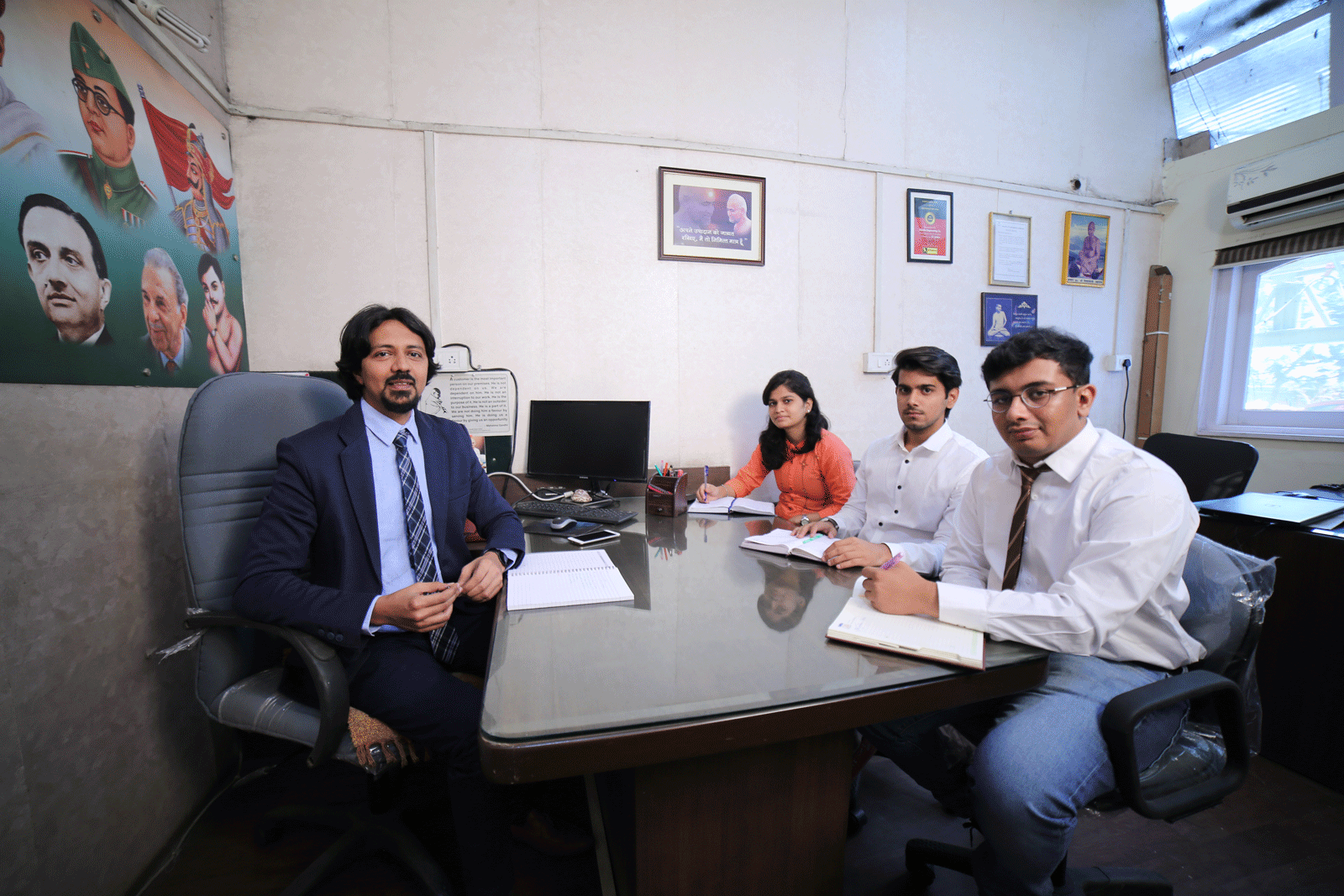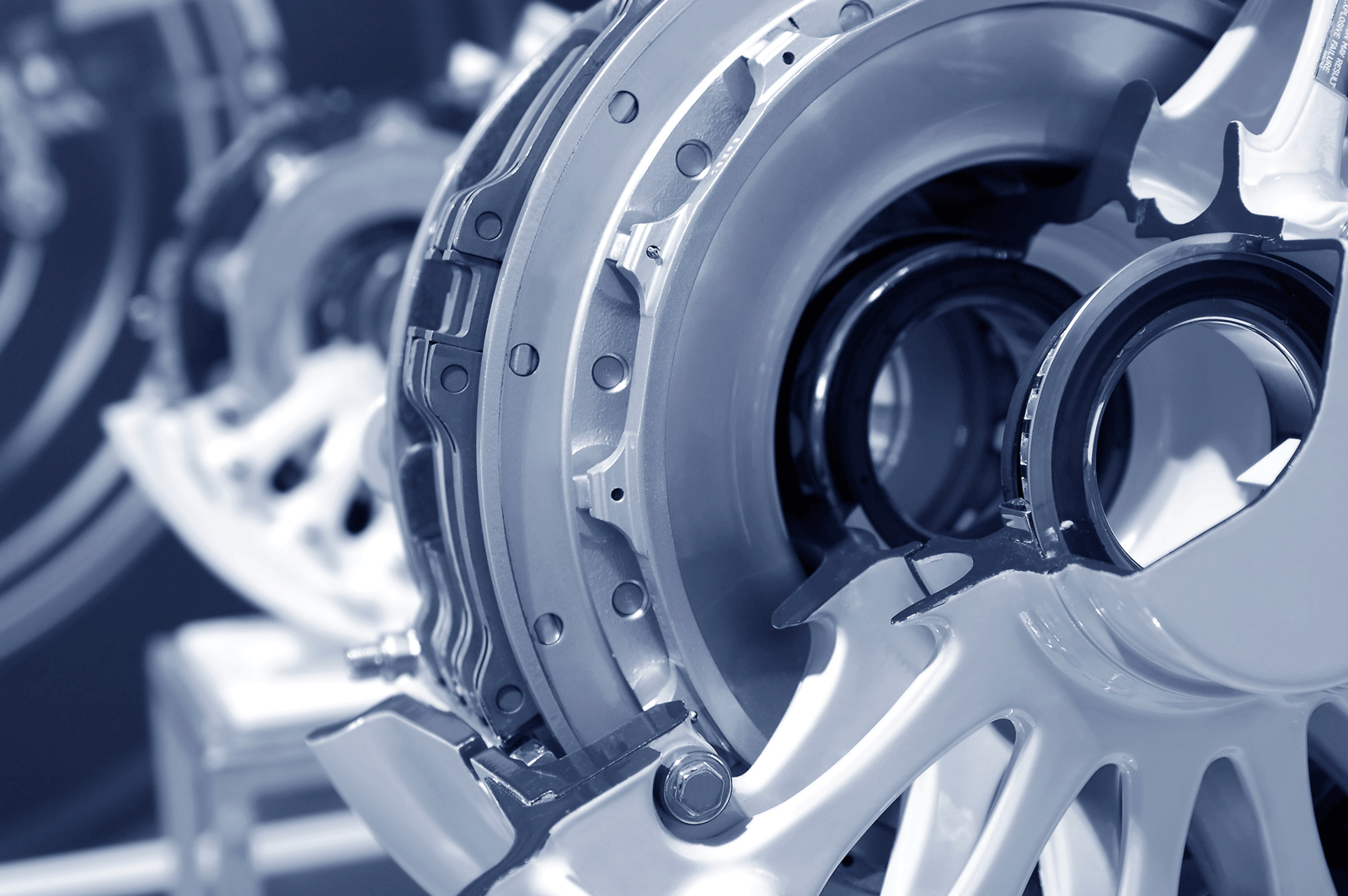+91 22 2868 3336
What is Pneumatic Peening Process?
Shot peening can be made by using different kinds of machines, the most common of which are the pneumatic and the centrifugal ones. This article shows how the kind of process used can influence the results of the treatment. Pneumatic peening also involves using compressed air to move any shot media with the help of a nozzle in the direction of the metal part to be peened. The core components of the pneumatic systems are pumps and cylinders . The purpose of a pump is to change mechanical work into air pressure. Pumps come in two kinds: the large variety, produced to be used by hand, and its smaller cousin, suitable for operation with a motor. Cylinders, on the other hand, convert air pressure back into mechanical work, and come in two different sizes as well.
What are the advantages of Pneumatic Peening?
-
Able to function in harsh environments
-
Safer to operate
-
Inexpensive
-
The ability to operate at higher speeds
-
Simple designs
What are the applications of Pneumatic Peening?
Pneumatic Shot Peening is used on gear parts, cams and camshafts, clutch springs, coil springs, connecting rods, crankshafts, gearwheels, leaf and suspension springs, rock drills, and turbine blades. It is also used in foundries for sand removal, decoring, descaling, and surface finishing of castings such as engine blocks and cylinder heads. Its removing process can be used in the manufacturing of steel products such as strip, plates, sheets, wire, and bar stock.
What We Serve





